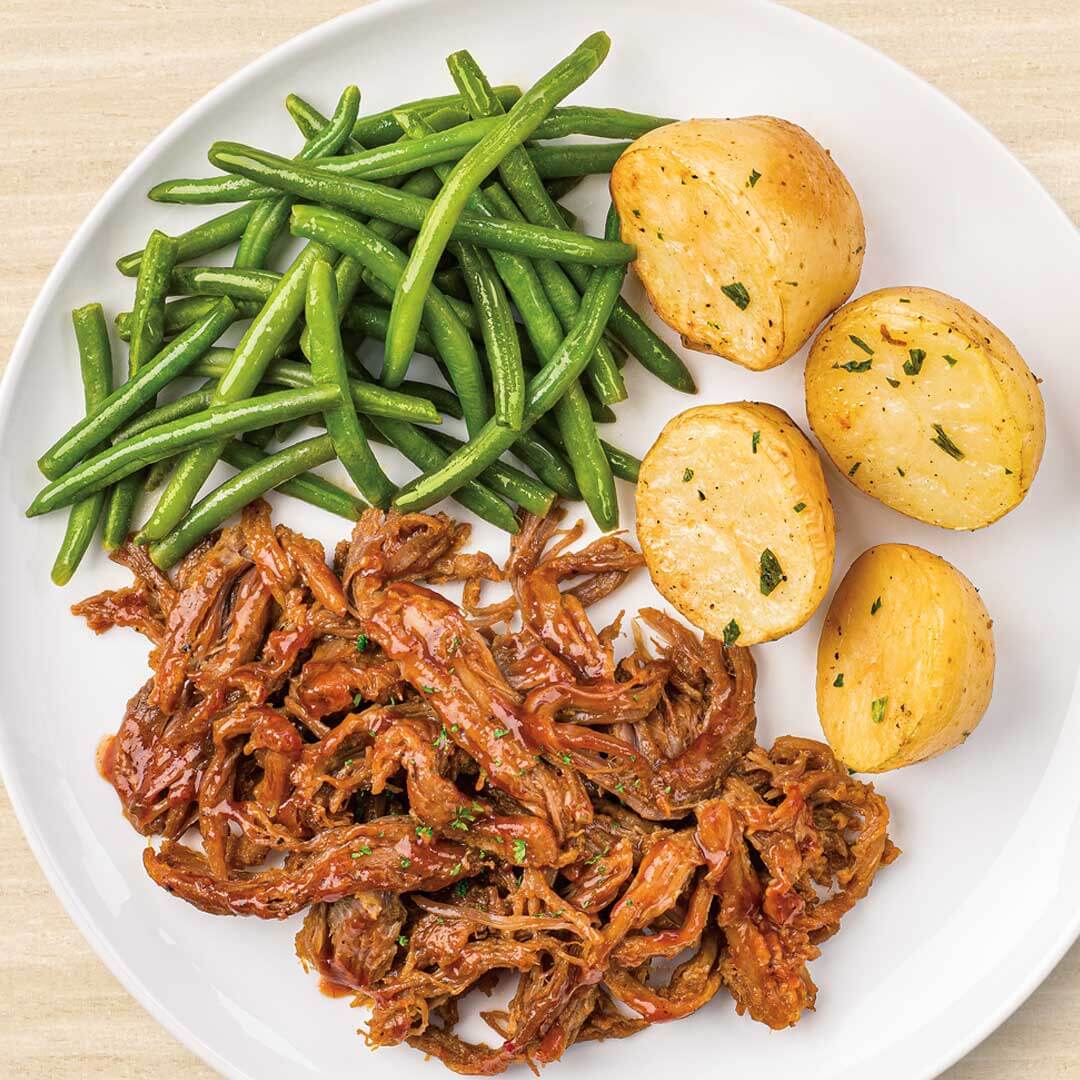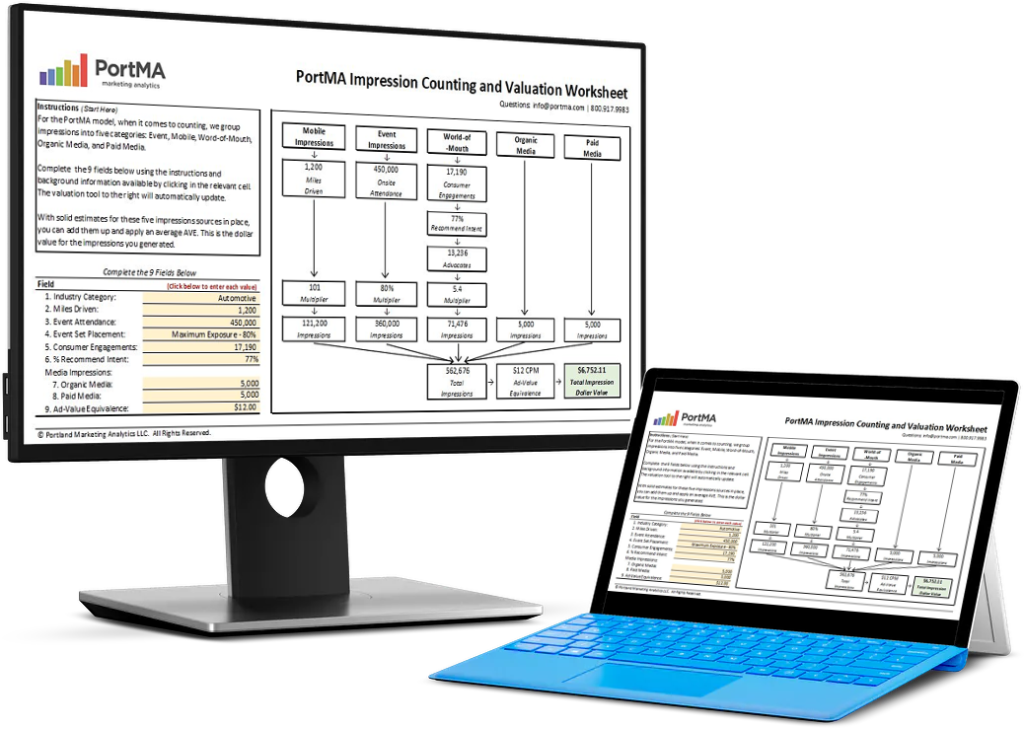
What are your dinner plans for today? If you think that this is an odd question for a blog about experiential marketing, you could be right. However, this time we’re taking a deep dive into a retail sampling case study for a brand offering high-end frozen meals.
So, there is the connection: food, delivering a retail experience to remember, ensuring each impression is not only counted but counts, and – most importantly – growing return-on-investment (ROI).
Estimated reading time: 3 minutes
Retail Brand Challenge
For years, the brand had been a big fish in a small pond; they were well recognized as a leading supplier of ready-to-eat, frozen meals. Their target market was a combination of both families and individuals. More recently, however, the market had changed.
A larger number of suppliers started offering similar products. Then, whilst the pond grew, the fish in it became smaller and harder to distinguish. Our brand remained committed to offering higher-quality products made from better ingredients and sold at a slightly higher price.
To grow, they branched out into other categories within the frozen food segment, but growth remained difficult. Before designing the campaign, we took a step back and thought about the three places from which new customers could come:
- Growing incremental revenue from convincing current customers to use more
- Generating new revenue from winning over a competitor’s customers
- Generating revenue from introducing new users to the brand and the category
We determined that the product was right, but the main challenge was to convince more people, and potential new customers, to try the food.
(You can listen to the full episode of the podcast below.)
The Campaign: Putting Experiential Marketing to the Test
Retail sampling was the obvious answer to the brand challenge.
However, as the client was already facing a challenging situation, campaign spending also needed to be tied closely to ROI. Together with a partner agency, we designed an ambitious campaign.
Over the space of four months, we planned 900 retail activations in seven markets across five different retail chains. One thing that mattered to everyone on the client and the agency side was to ensure a high number of samples per day, while also monitoring the value of each impression.
Simply sending a team into a market where they offered samples to anyone all day long would not be enough. We needed to hit the right type of client, at the right time of day, in the right market. Those times would differ between retail outlets and locations. Experience can go a long way in selecting those times, but you have to keep an open mind and be ready to change how the campaign is implemented.
The stakes could not have been higher: at the time, the brand used numerous marketing channels. However, due to the challenges it faced, every channel was up for review and faced losing its budget if it could not prove its value.
Stay tuned for Part Two. We dissect the campaign’s measurement strategy and the final results of our efforts, including the impressive ROI.

Download the Free Spreadsheet Tool
CALCULATE THE DOLLAR VALUE OF EVENT IMPRESSIONS
PortMA Impression Counting and Valuation Worksheet
Download this spreadsheet and complete the fields for your campaign to get a clear count of your activation impressions translated into a Dollar Value of Marketing
Impression Spreadsheet
